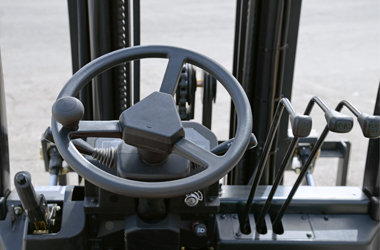Multiple Equipment Training Requirements in the Workplace
Does your workplace have multiple equipment in the workplace, such as: Different makes and models? Different size equipment? Indoor and outdoor units? Variations in the controls? Internal combustion and electric? Multiple attachments?
There are numerous items to consider when training and certifying your equipment operators. It is important to remember, that as a trainer, you are directly responsible for the proper training and certification of your in-house operators on the equipment they are certified to operate. In consideration to due diligence, the certification process must be properly documented in order to demonstrate compliance to a regulatory officer or a court official.
Different makes and models – training must be equipment specific. As a trainer, you must determine the fundamental differences with your onsite equipment. If the ONLY difference between two equipment onsite is the color/name of manufacturer – then no further equipment specific training is required. However, if the controls differ (standard levers or montrol/joystick controls) then additional equipment specific training is required.
Different size equipment – rule of thumb is to train and certify the operator on the larger equipment (as long as there are no further fundamental differences). Typically, larger equipment have more blind spots, larger turning radius and are traditionally more difficult to operate. When training and certifying on the larger unit, the operator can operate the smaller unit that has no further fundamental differences.
Indoor and outdoor units – training must be conducted on both equipment separately. The indoor unit will be typically fitted with cushion tires; while the outdoor unit will have pneumatic tires. Due to the fact that these equipment respond differently to ground conditions, the operator needs to be qualified on both units separately.
So now what? In order to demonstrate due diligence as a trainer, you must conduct practical training and separate practical evaluations for each fundamentally different unit the operator will be required to operate within your facility. Any additional attachments that fundamentally changes the operation of the unit (likewise the stability, load center, etc.) will require the operator to demonstrate his/her ability to safely operate the equipment – requiring the certified trainer to conduct a separate practical evaluation.

